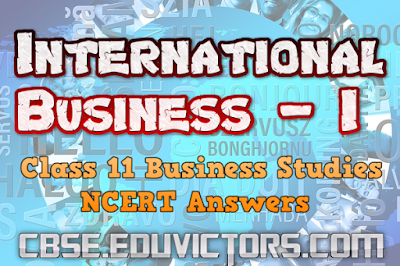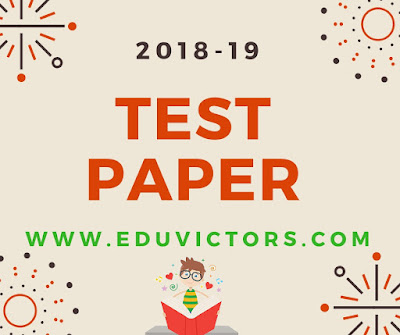International Business - I
I.Multiple Choice Questions
Question 1. In which of the following modes of entry, does the domestic manufacturer give the right to use intellectual property such as patent and trademark to a manufacturer in a foreign country for a fee.
(a) Licensing
(b) Contract manufacturing
(c) Joint venture
(d) None of these
Answer: (a) Licensing
Question 2. Outsourcing a part of or entire production and concentrating on marketing operations in international business is known as
(a) Licensing
(b) Franchising
(c) Contract manufacturing
(d) Joint venture
Answer: (c) Contract manufacturing
Question 3. When two or more firms come together to create a new business entity that is legally separate and distinct from its parents it is known as
(a) Contract manufacturing
(b) Franchising
(c) Joint ventures
(d) Licensing
Answer: (c) Joint ventures
Question 4. Which of the following is not an advantage of exporting?
(a) Easier way to enter into international markets
(b) Comparatively lower risks
(c) Limited presence in foreign markets
(d) Less investment requirements
Answer: (a) Easier way to enter into international markets
(a) Licensing
(b) Franchising
(c) Contract manufacturing
(d) Joint venture
Answer: (c) Contract manufacturing









